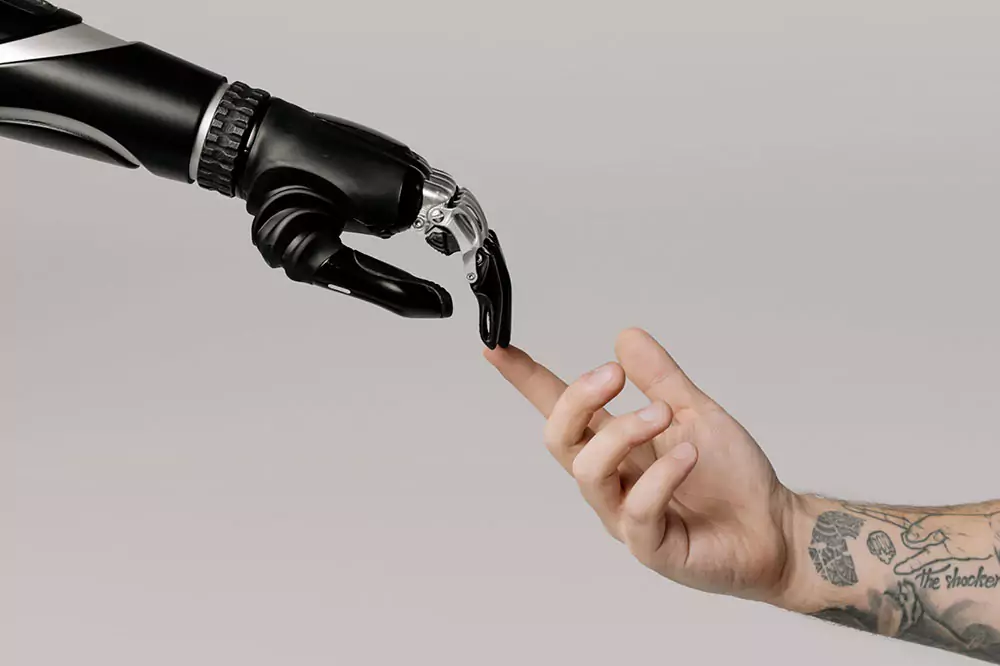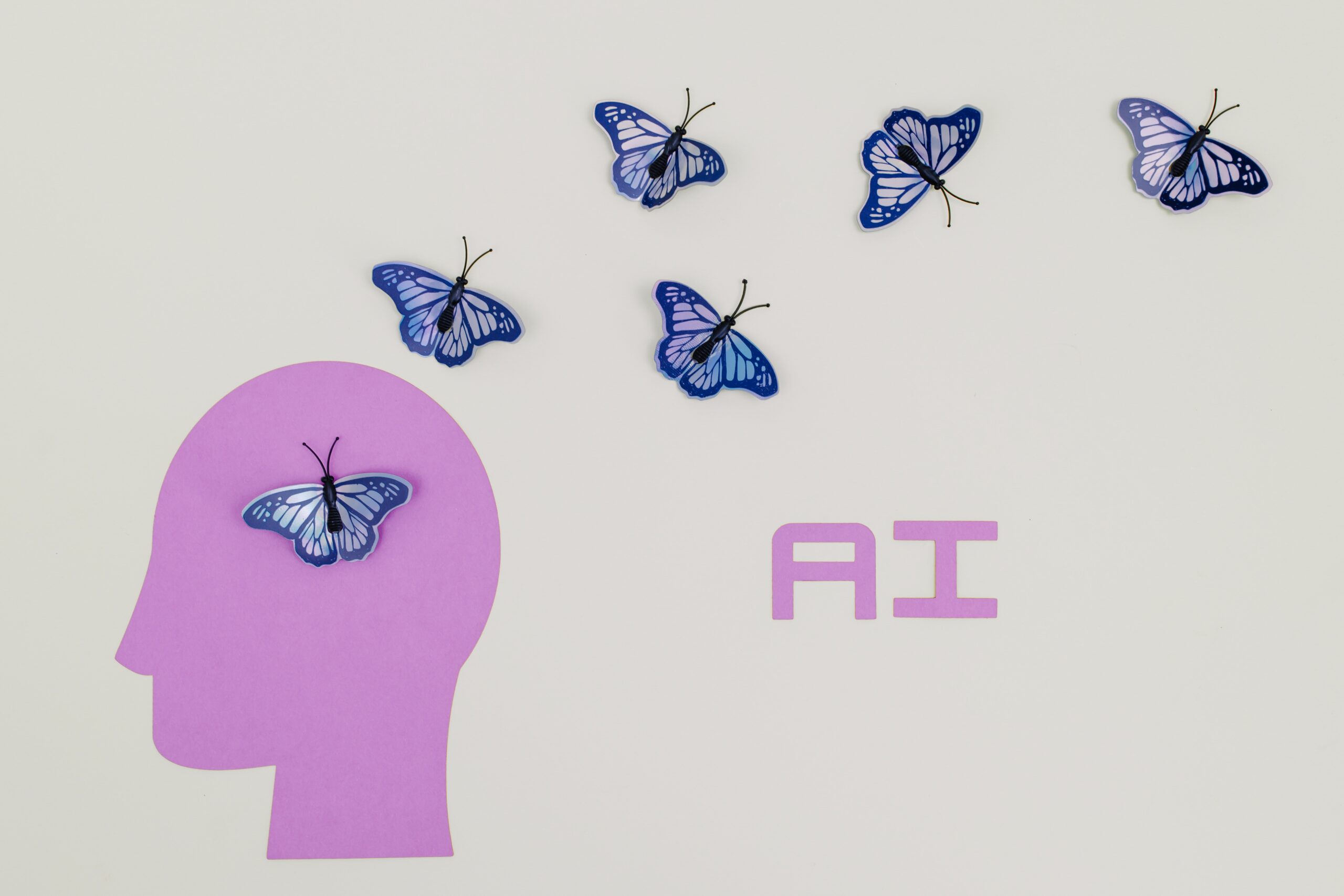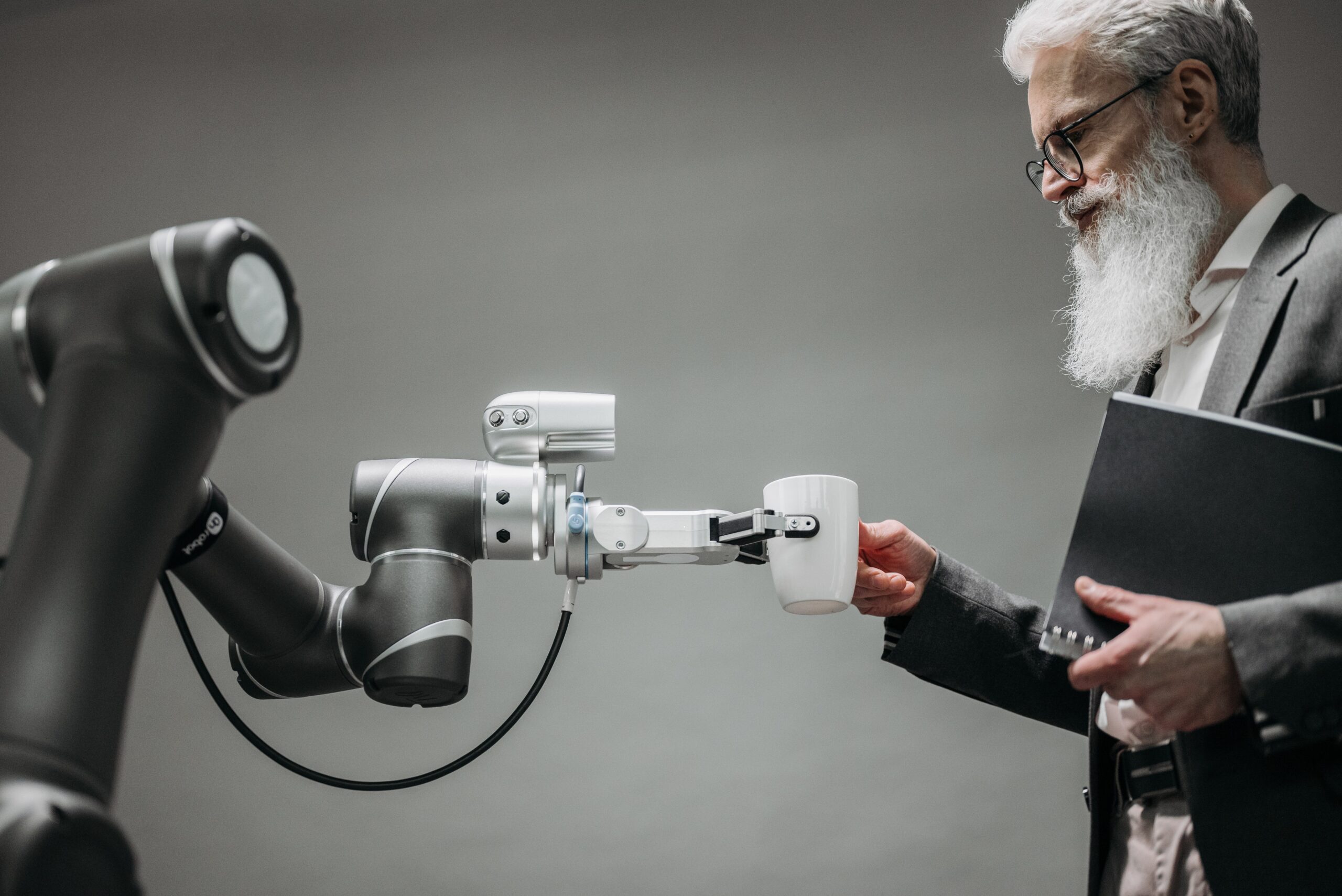AI or artificial intelligence has been used for language translation for quite a few years now. In fact, it was early 1954 when AI was used for the first time to create a machine that would translate sentences from Romanized Russian into English. This influential demonstration of machine translation became known as the Georgetown–IBM experiment.
Since then, AI is being increasingly used in the translation industry. Its primary aim is to help humans work smart. But how? By enabling computers to do tasks that otherwise humans would do and consume a lot of time. This includes understanding human languages and translating them fluently.
For this reason, artificial intelligence can be used in machine translation. With machine translation becoming more common, AI is helping it become more accurate, consistent, and reliable by improving the translation quality.
Machine translation, as you might know, is not always right. Therefore, it’s going through improvements all the time. This is where AI plays its part. It provides algorithms with more data to learn from. Which in turn helps to improve them to produce accurate outcomes.
Language Translation by Way of Neural Networks
You can understand neural networks as methods in artificial intelligence. These methods teach computers to operate in a way that a human brain would do. The neural networks are so effective that they don’t translate a paragraph bit by bit or piece by piece. Rather, they can handle a large number of sentences all at once and perform quick translations.
How exactly do the neural networks translate the content? Well, the first step is encoding. In this phase, neural networks assign numeric codes to each word in the sentence. The next step is to verify these numeric codes or numbers with the corresponding words in the target language that have the same meaning. That’s how neural networks are able to generate accurate translations.
When we carry out translations using neural networks, developers also get to enjoy the benefits. Now the developers no longer need to establish extensive rules and algorithms that they might have to do otherwise.
The neural networks base their self-learning on machine learning, a subtype of AI. These networks study a range of examples where precise translations were generated for different needs of the business. Latest developments indicate that neural networks would not just learn from different models. But the network system will be connected to the language database in its entirety. Thus, allowing AI to draw its own conclusions.
Translation Through Statistical Methods
In order to carry out translation, artificial intelligence is also used through an approach that relies on statistical models. These statistical or mathematical models use large volumes of previously approved bilingual data. They look for the correspondence between the original source text and the target text. The best use of these models is when you need to produce an effective translation of a document that uses standardized language. A kind of language that is not very similar to the one we use in our daily lives.
If the document uses informal text, then AI also has to mine data from informal language. This informal speech could be any unstructured data or social media posts. Only in this way can AI accurately communicate the figures of speech, idiomatic expressions, and other elements in informal writing.
If translators can develop an understanding of this logical process, they will get a real advantage in delivering translation services that would be very close to the intent of the start or original text.
Translation Using Bilingual Dictionaries
Having AI in their arsenal, translators and linguists are able to render even the most complex translations while on the go. When you have access to bilingual dictionaries, then AI-based models can make the most of them to create etymological connections between different words that have similar meanings.
When artificial intelligence can make clusters and connections between words, it learns how the source and target languages operate. For performing high-quality translations such as for legal documents, AI makes use of the dictionary for such translation techniques as back translation, denoising, etc.
In back translation, the first step is to convert each and every sentence into a new language. Then a translator has to translate it back again through the bilingual dictionary. That’s why it carries the name back translation or reverse translation. In cases when the back translation doesn’t match the start text, then the AI system comes to the rescue. What the AI system does is, it reworks the translation again in order to come up with a more accurate version of the translation.
If we talk about denoising, it also has a similar way of functioning. However, it does translate the content to and from the source and target languages. Rather, it keeps altering the sentence structure to ensure that AI learns better and is able to produce genuine translations.
The Impact of AI on the Translation Industry
Due to its huge potential for making translation easy, a large number of translation agencies are using AI to their advantage. However, if we consider the present-day scenario, we can’t ignore the following impacts AI has on the entire translation industry.
1. Dramatic Reduction in Manpower
The introduction of AI in the translation industry has many downsides and one of them is the loss of jobs. It has become a great challenge for the translation industry because artificial intelligence has and is replacing humans in various roles.
Just look at this from the perspective of translators and translation services. They are definitely losing their worth. Reports share that AI through machine translation tools has resulted in a dramatic reduction of manpower. As a result, many translators have lost their jobs.
2. AI Promotes Inclusivity
The most positive change of AI in the translation industry is that it helps create inclusivity. It has made it easy to study languages and translation. In comparison to the past, new language learners are finding it easier to expand their vocabulary.
Previously, it has been an exclusive affair to learn a new language. The reason why not so many people would go to the translation field. However, AI has made it a lot simpler for everyone to pick up phrases, words, idioms, and expressions of various languages. So, it has erased all the barriers that existed before.
Limitations of Artificial Intelligence
Language makes humans unique. It’s this language factor that makes us different from all other specifics on the planet earth. Thus, regardless of how powerful and advanced artificial intelligence gets, it can’t create the same impact as a person can while explaining the words of another human being. Dialects are one the great examples of this case scenario. Since there are several dialects for only language in the world, a machine translator can’t simply keep track of such nuances compared to humans.
Another limitation of AI is that it can’t always pick up the context of a conversation. An example of this is a literary text such as a novel. And it’s too much for AI tools to cater to the linguistic nuances of such content with many intricacies woven into it.
Artificial Intelligence and Translators, Best Together
There is no denying that artificial intelligence is efficient. A user can use AI to perform a quick translation of their text. However, it certainly has some limitations as mentioned above.
There will be content such as speeches and reports with humor and satire. So, if a human does not edit or double checks the translation, you cannot always keep the essence of the original meaning. Therefore, to fully leverage the benefits of Artificial Intelligence (AI) a translation company should combine both artificial intelligence and human translators. This will yield the best results in terms of productivity as well as translation accuracy.
Related Posts

Get a quote today
"*" indicates required fields
Subscribe today to receive the latest insights and updates from Sylaba Translations










